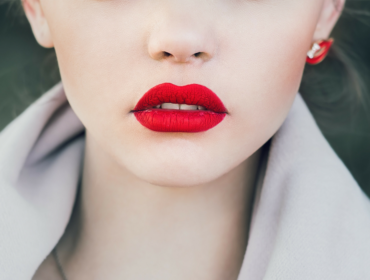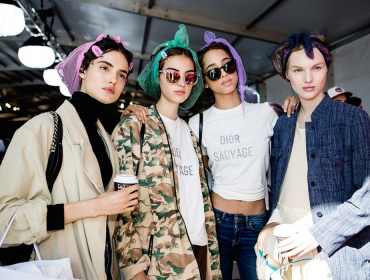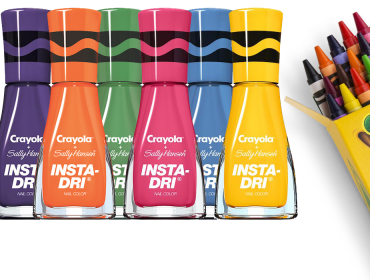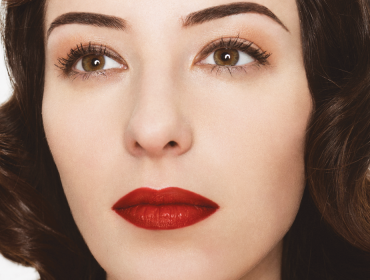Whether it’s a quest for flawless skin or a desire for pouty lips, achieving just the right look with the tools from your beauty arsenal can seem like an unending task. When it comes to applying makeup, we all have techniques we employ to get the look we want. But there are myriad ways to beautify oneself and just as many application techniques to remedy our beauty quandaries.
I recently interviewed Diane Aiello, beauty expert and owner of Glam Lounge and Oliver Letona, skincare and color expert at Sephora for an article for “The Arizona Republic,” to get the beauty scoop on makeup techniques such as highlighting and contouring; knowing where, when, and how to use lighter tones to bring forward or darker shades to recede, facial features. Here are a few tips and techniques from those interviews.
 How to make eyes look bigger
How to make eyes look bigger
Applying a highlight in a vanilla or cream hue with a hint of shimmer to the inner corner of the eye (near the tear duct) will open up the eye. Aiello says that the shimmer will brighten up the eye and suggests using it from the lid to the crease because too much eyeshadow will have the opposite result. Her two most important rules for bigger eyes are curling the lashes and using two coats of mascara.
Eyeliner should also be used to contour the eye. Aiello recommends lining the top lid close to the lash line, but she advises to blend well and avoid a harsh line. The line should be thin near the tear duct and build out to a thicker one at the outer eye.
 How to make the face look slimmer
How to make the face look slimmer
To make the face appear thinner, a contour shade should be used beneath the cheekbone. Aiello says using a foundation one shade deeper than your complexion will recede the area beneath the cheekbone. Use the cartilage of your earlobe (lower tip of ear where ears are commonly pierced) as a guide to locate the area beneath the cheekbone.
If you have the look of a double chin, a contour shade can be used under the chin. Letona says, “It is important to blend the contour shade from under the chin down to the neck — blending is the secret to contouring.”
![]() How to make lips look fuller
How to make lips look fuller
Creating the appearance of a fuller lip can be achieved with liners, plumpers and primers. Aiello suggest lining just outside the cupid’s bow and filling with color. If lipgloss is used, blend liner into gloss. If lipstick is used, fill in color then apply a lighter lipgloss as a highlighter in the center of both the top and bottom lip.
Letona recommends using a lip primer such as Benefit Lip Plumper, which does not plump the lips, but acts as a neutral base that is used over the entire lip area and over the cupid’s bow. He describes it as a foundation for the lips, camouflaging the cupid’s bow so that the natural border of the lip can be extended with a lip liner.
 How to make skin look flawless
How to make skin look flawless
A good skincare regime is a great beginning to a flawless complexion but makeup can provide the perfect finish to skin that has discoloring or blemishes. Letona suggests using an SPF 15 sunscreen and hydrating moisturizer, then a primer to fill in the pores and fine lines to act as a barrier between the skin and foundation.
Aiello says when she works with actresses and models she always uses a moisturizer first, leaving it on the face for 10 minutes before applying foundation. The least amount of foundation should be used for a sheer coverage and spot concealing as needed on blemishes and discolored areas. Dusting lightly with a translucent loose powder will set the look.
Aiello dispels common beauty myths:
Myth: Shimmer eyeshadow should be avoided as they can emphasize fine lines.
Fact: A little shimmer makes the eye open up. Look for a pearlized shimmer rather than a frosted one.
Myth: Using cheek blush to contour the face.
Fact: Contour powders should be neutral and one to two shades deeper than your complexion — blush adds color not shading.
Myth: Mature women should use deeper lip colors.
Fact: Darker colors actually make lips appear thinner. Bright shades give an appearance of fullness and youthfulness.
Myth: Using a lot of foundation is the best way to conceal flaws.
Fact: Less is more — the face looks better if the natural skin shows though.





